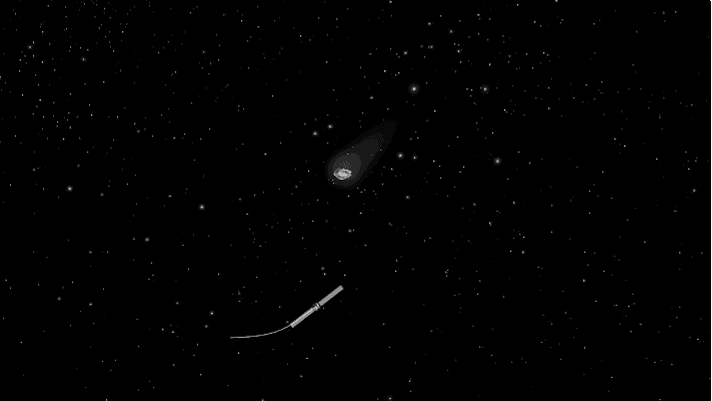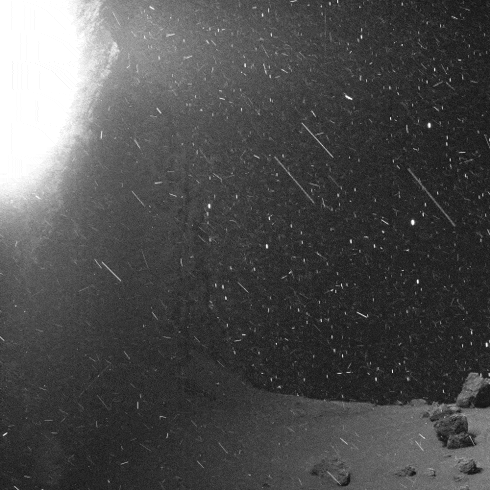Sorry for the late reply: I really wanted to write a good post about this, but it seems I can't find the time right now. So forgive me if I'll give only a short answer.
To me, the highlight of the mission is that a soft landing can be done at all with our current technology. The technical difficulties are mind-blowing, considering that the comet has hardly any gravity at all to guide the descent, that Rosetta has to continuously adjust its orbits to stay in close proximity of the comet, and that we are basically working blindfolded considering the huge time delay. If it can be done, it can be repeated, and I think a lot of brains are at work in this moment to apply what we learned this time to a whole new bunch of space missions towards comets (and asteroids).
As for the science, I'm obviously very interested if the can find organic molecules on the surface of the comet, but the most intriguing part is if we can find any clue on why almost all ammino acids on Earth posses a specific chirality instead of being 50% "right-handed" and 50% "left-handed". That's one of the big, big questions in abiogenesis study.
I'm reading a lot of stuff right now (I have to do a public presentation about this topic in a couple of weeks), so maybe I'll pick up some interesting stuff along the way and add something here.
To me, the highlight of the mission is that a soft landing can be done at all with our current technology. The technical difficulties are mind-blowing, considering that the comet has hardly any gravity at all to guide the descent, that Rosetta has to continuously adjust its orbits to stay in close proximity of the comet, and that we are basically working blindfolded considering the huge time delay. If it can be done, it can be repeated, and I think a lot of brains are at work in this moment to apply what we learned this time to a whole new bunch of space missions towards comets (and asteroids).
As for the science, I'm obviously very interested if the can find organic molecules on the surface of the comet, but the most intriguing part is if we can find any clue on why almost all ammino acids on Earth posses a specific chirality instead of being 50% "right-handed" and 50% "left-handed". That's one of the big, big questions in abiogenesis study.
I'm reading a lot of stuff right now (I have to do a public presentation about this topic in a couple of weeks), so maybe I'll pick up some interesting stuff along the way and add something here.



